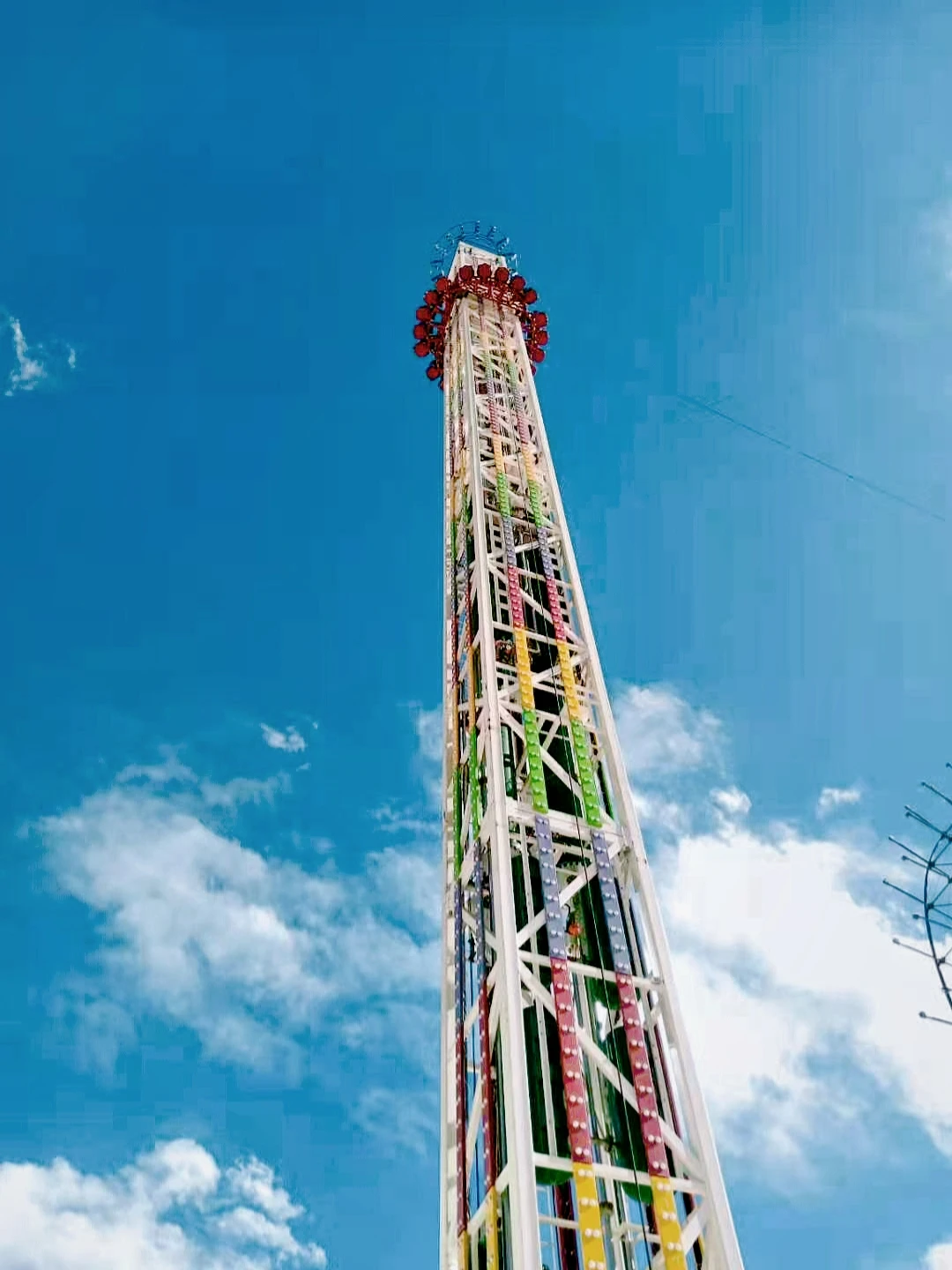- Albanian
- Arabic
- Belarusian
- Bengali
- Czech
- English
- French
- German
- Hebrew
- Hungarian
- Indonesian
- irish
- Italian
- Japanese
- kazakh
- Persian
- Russian
- Thai
- Uzbek
- Vietnamese
what are the seats on a roller coaster called
The Seats on a Roller Coaster An Overview
Roller coasters are a thrilling staple of amusement parks around the world, characterized by their high speeds, loops, and unexpected drops. One of the most crucial components of any roller coaster is, of course, the seats. The design and function of these seats play a significant role in the safety and enjoyment of the ride. But what exactly are these seats called, and what features differentiate them from other amusement rides?
The Seats on a Roller Coaster An Overview
One of the most recognized terms related to roller coaster seating is restraint system. Restraints are the safety mechanisms that secure riders in their seats during the ride. These can come in various forms, including lap bars, over-the-shoulder harnesses, and seat belts. The specific restraint system used can vary from ride to ride, often dependent on the speed and inversions experienced on the coaster. For instance, a coaster with multiple loops may utilize over-the-shoulder harnesses to ensure that riders remain secure throughout the ride’s twists and turns, while less intense coasters might only require a lap bar.
what are the seats on a roller coaster called

In recent years, some roller coaster manufacturers have developed innovative seating arrangements and designs intended to enhance the thrill of the ride. Seat configurations can include individual seats—with a focus on personal space— or bench-style seating, where multiple riders sit in a row. Another exciting development is the introduction of stand-up roller coasters, where riders stand rather than sit, and lying-down coasters, which allow riders to experience the ride in a horizontal position. Each design offers a unique experience, relying heavily on the seating's configuration to enhance the adrenaline rush.
Another interesting aspect of roller coaster seating is the concept of fourth dimension coasters. In these rides, seats can rotate independently of the track, allowing riders to experience inversions in a completely different way. The rotating seats add an element of surprise and unpredictability, making the experience more intense. Such innovations point to the fact that roller coaster seats are not just simple places to sit but are integral to the design and function of the ride itself.
Moreover, comfort in roller coaster seats is increasingly becoming a priority as parks aim to attract a wider audience. Many coasters now feature padded seats and ergonomic designs to accommodate a diverse range of body types. The goal is to create an exhilarating yet comfortable experience, enabling riders to enjoy the thrill without feeling excessively constrained or uncomfortable.
In conclusion, while the seats on a roller coaster may merely seem like a place to sit during an exhilarating ride, they are a complex component of the amusement experience. From the types of restraint systems to innovative seating designs, the seats serve not only as safety mechanisms but also enhance the overall thrill. As roller coasters continue to evolve, so too will their seating designs, contributing to an ever-more exciting adventure for thrill-seekers around the world. So next time you buckle up for a wild ride, take a moment to appreciate the thought and engineering that went into the seat you’re occupying—it’s a vital part of the roller coaster experience.
-
Flume Ride-Hebei Zhipao Amusement Equipment Manufacturing Co., Ltd.|Thrilling Water Attraction&Customizable DesignJul.30,2025
-
Flume Ride - Hebei Zhipao Amusement Equipment | Water Coaster, Thrilling DescentJul.30,2025
-
Flume Ride - Hebei Zhipao | Thrilling Water AttractionJul.30,2025
-
Flume Ride: Thrilling Water Attraction by Hebei Zhipao|Log Flume Manufacturers&Flume Ride DesignJul.30,2025
-
Flume Ride-Hebei Zhipao Amusement Equipment Manufacturing Co., Ltd.|Thrilling Water Coaster, Safe DesignJul.30,2025
-
Flume Ride-Hebei Zhipao Amusement Equipment Manufacturing Co., Ltd.|Thrilling Water Attraction, Safe DesignJul.30,2025
